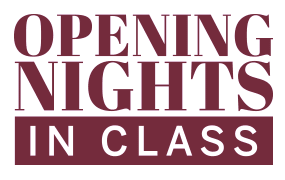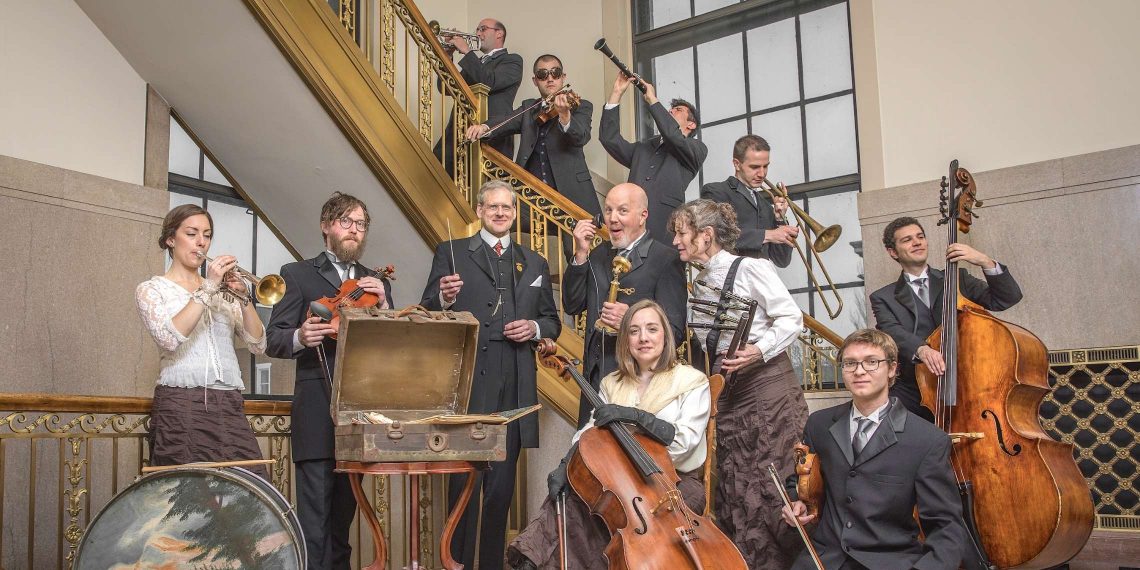
Step Back in Time: Discovering America’s Musical Heritage with the Paragon Ragtime Orchestra
Recommended Grades: 6–12 | Engagement Date: January 29, 2026
Directions for the Teacher
Use this guide to introduce students to ragtime music and early 20th-century American culture through the lively performances of the Paragon Ragtime Orchestra. Activities promote listening, imagination, reflection, and historical curiosity accessible to all students.
Student responses may be spoken, written, drawn, or performed depending on age and ability.
Watch & Listen
Introduce students to ragtime music with these energetic videos. Use the discussion prompts to spark conversation and creative thinking.
“Deuces Wild Rag”
Listen to the lively rhythms that make this music feel fun and energetic.
“The Yellow Dog Rag”
Notice the playful back-and-forth between instruments, creating a bright and exciting sound perfect for celebrations.
Discussion Prompts
- What feelings or images come to mind when you hear this music?
- Where or when do you imagine people might have enjoyed these songs?
- How does this music help you imagine life in early 1900s America?
- What stories do you think this music could be telling about the culture and people of that time?
Activities & Extensions
- Music & Storytelling: Write or draw a story inspired by the mood or images you get from the music. What event might be happening?
- Dance & Movement: Create dance moves or gestures that match the rhythm and energy of the ragtime pieces.
- Historical Exploration: Research ragtime and Scott Joplin. Why is this music still important today?
- Creative Sound: Make your own ragtime-style rhythms using household objects or instruments. What sounds feel lively or bouncy?
Relevant Standards
- MU.68.H.1.1: Describe the functions of music from various cultures and time periods.
- MU.68.C.1.1: Develop strategies for listening to unfamiliar musical works.
- MU.68.H.1.3: Describe how American music has been influenced by other cultures.
- MU.68.H.2.1: Describe the influence of historical events and periods on music composition and performance.
- MU.912.H.1.1: Investigate and discuss how a culture’s traditions are reflected through its music.
- MU.912.H.1.4: Analyze how Western music has been influenced by historical and current world cultures.
- MU.912.C.1.1: Apply listening strategies to promote appreciation and understanding of unfamiliar musical works.
- SS.8.A.1.7: View historic events through the eyes of those who were there as shown in their art, writings, music, and artifacts.
- SS.912.A.1.2: Utilize primary and secondary sources to understand historical periods.
- SS.912.H.1.2: Describe how historical events, social context, and culture impact works in the arts.
- SS.912.AA.4.1: Analyze the influences and contributions of African American musical pioneers.
| ‹ Educational Resources | ‹ Previous Guide | Next Guide › |
